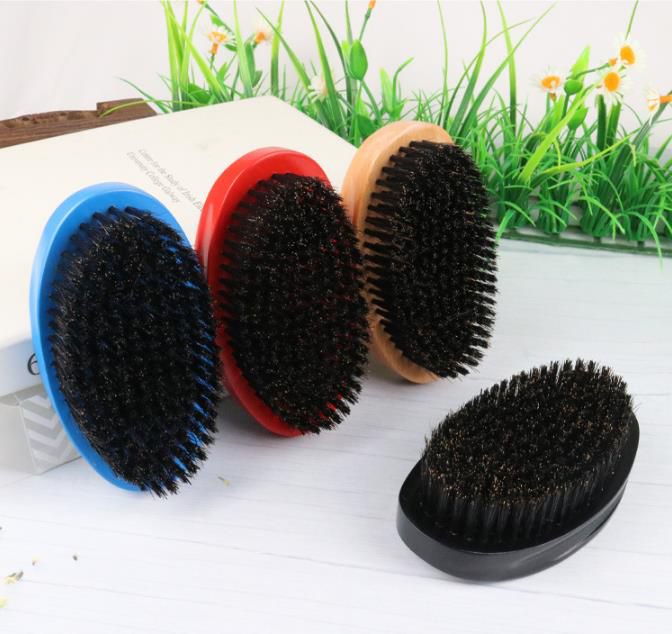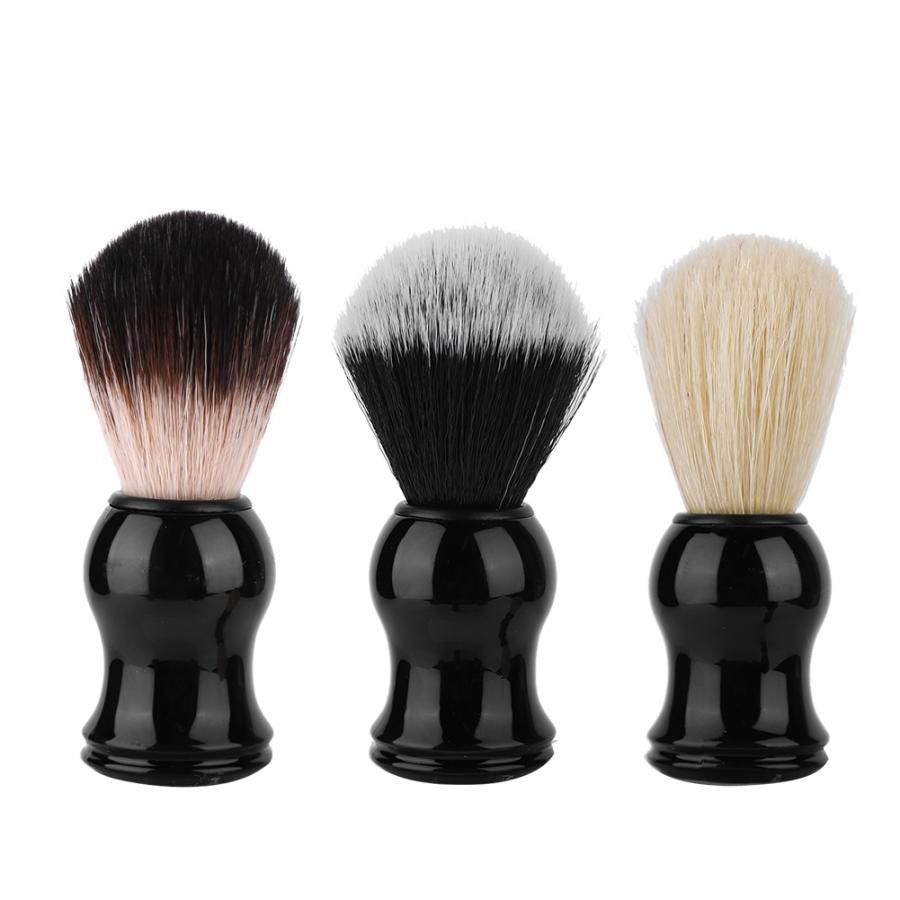Industry news
Bristle Durability Tests: Simulating Years of Use in Lab Settings
- 490 Views
- 2025-10-22 02:31:15
Bristle Durability Tests: How Labs Simulate Years of Use
For shaving enthusiasts and daily users alike, a high-quality shaving brush is more than a tool—it’s an investment. The softness of the bristles, the lather it creates, and crucially, how long it lasts, define its value. Yet, determining a shaving brush’s lifespan through real-world use alone is impractical: testing one year of daily use could take 365 days, and evaluating long-term durability would stretch into years. This is where bristle durability tests in lab settings shine. By simulating the wear and tear of years of use in controlled environments, labs provide manufacturers and consumers with reliable data to gauge bristle performance—before a product ever reaches a bathroom counter.
Why does durability testing matter for shaving brush bristles? Unlike disposable razors, shaving brushes are designed for repeated use. A bristle that frays, splits, or loses shape prematurely not only ruins the shaving experience but also wastes the user’s money. For brands, poor durability leads to negative reviews and lost trust. Traditional testing—leaving brushes with beta testers for months—lacks consistency: usage habits vary (some press harder, others use hotter water), making results hard to replicate. Lab simulations eliminate these variables, creating standardized conditions to measure bristle resilience objectively.

So, how do labs mimic years of use in weeks? It starts with targeting the key stressors bristles face daily: friction, moisture, chemicals, and repeated bending.
First, mechanical friction testing. Think of it as a “bristle treadmill.” Machines like reciprocating abrasion testers rub bristle tufts against a textured surface (mimicking skin or shaving bowls) at controlled pressure (typically 1-2 Newtons, the average force of a hand lathering). The machine cycles this motion—hundreds, even thousands of times per hour. Industry standards often equate 10,000 cycles to roughly six months of moderate use; 50,000 cycles can simulate 2-3 years. Sensors track bristle length loss, fiber fraying, and tuft shape retention—critical metrics for durability.
Next, chemical and moisture exposure. Shaving brushes live in damp environments: they接触 shaving cream (often acidic or alkaline), hot water, and soap residues. Labs replicate this with immersion tests: bristles are soaked in solutions mimicking shaving cream (pH 5-9), tap water (with minerals like calcium), or alcohol-based aftershaves for extended periods (e.g., 24-hour soaks, repeated 10 times). Post-exposure, testers check for bristle swelling, discoloration, or weakening—signs that chemicals are breaking down the fibers. For natural bristles (like badger or boar hair), this test also reveals susceptibility to rot, a common issue in poorly treated natural fibers.

Then, bending fatigue testing. Every shave involves swirling and flicking the brush, bending bristles thousands of times. Fatigue testers clamp bristle tips and flex them to a set angle (e.g., 45 degrees) at high speed—up to 50 cycles per second. The goal? Find the “breaking point”: how many bends before a bristle snaps or develops micro-cracks. Synthetic bristles (like nylon) often outperform natural ones here, but modern treatments (e.g., resin coatings) can boost natural bristle resilience, data that directly informs material choices.
Perhaps most importantly, labs translate these tests into real-world relevance. For example, a brush used daily undergoes ~200 lathering strokes monthly; 50,000 machine strokes equal ~20 years of such use. By correlating machine data to user behavior, labs create “durability benchmarks”: a bristle that withstands 30,000 friction cycles and 100,000 bends is rated to last 5+ years under average use.
These tests aren’t just about numbers—they drive innovation. If a batch of synthetic bristles fails the bending test, engineers might tweak the polymer blend for flexibility. If natural bristles degrade in chemical tests, manufacturers adjust cleaning processes to remove residual oils that attract mold. For consumers, this means fewer replacements and more reliable performance; for brands, it builds reputation as a provider of long-lasting tools.
In the end, bristle durability tests bridge the gap between “it looks good” and “it lasts.” By simulating years of use in controlled labs, manufacturers ensure that the shaving brush in your hand today will still deliver rich lathers and soft strokes tomorrow—proving that when it comes to quality, the best results aren’t just felt—they’re tested.











